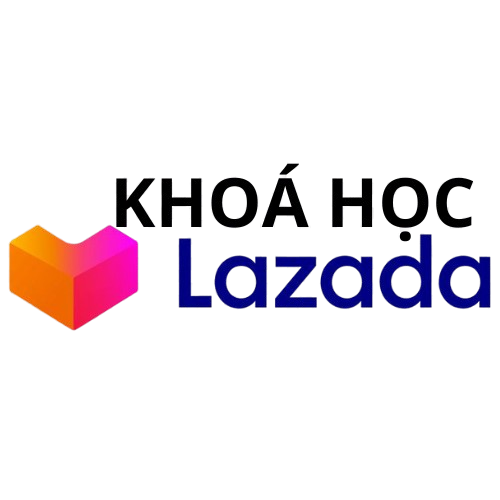##Technical Architecture of XENTRY Diagnostic Solutions##
### #Tool Connectivity Requirements#
#XENTRY Diagnosis OpenShell 3.2023# requires 64-bit OS environments with minimum 4GB RAM and 100GB SSD storage for optimal operation[1][2]. Diagnostic connectivity# relies on SD Connect C4/C6 interfaces featuring WiFi 6 capabilities and enhanced outdoor visibility[3][7]. PassThru EU 23.12.3 variant# alternatively utilizes VAS5054/OBD-II adapters but requires SSD storage for real-time data processing[6][8]. https://mercedesxentry.store/
##Analytical Features##
### #Essential Troubleshooting Tools#
#XENTRY software# performs engine code extraction through OBD-II direct communication[1][4]. Advanced protocols# enable DTC pattern recognition across air suspension systems[2][6]. Real-time actuator testing# facilitates transmission recalibration with TSB database integration[4][5].
### #ECU Customization#
The Programming Suite# supports offline parameter adaptation for HVAC configurations[8]. Bi-directional control# allows parking assist customization through encrypted security tokens[7][8]. Limitations persist# for 2024+ models requiring dealership-grade authentication[7][8].
##System Integration##
### #Passenger Vehicle Diagnostics#
#XENTRY OpenShell# comprehensively addresses EQS electric platforms with high-voltage battery diagnostics[2][4]. Commercial vehicle support# extends to FUSO construction equipment featuring ADAS recalibration[1][6].
### #High-Voltage System Management#
{#Battery control units# undergo cell voltage balancing via insulation resistance testing[3][6]. Power electronics# are analyzed through inverter efficiency metrics[4][8].
##Version Migration Paths##
### #Platform Migration Challenges#
{#XENTRY DAS phase-out# necessitated migration from 32-bit architectures to UEFI Secure Boot systems[2][7]. Passthru EU builds# now enable third-party interface support bypassing proprietary hardware locks[6][8].
### #Update Mechanisms#
{#Automated delta updates# deliver TSB revisions through MB Direct Portal integration[4][7]. Certificate renewal processes# mandate bi-annual reactivation for online programming functions[7][8].
##Operational Challenges##
### #Interface Limitations#
{#Passthru implementations# exhibit DoIP channel latency compared to SD Connect C4 real-time processing[3][6]. Wireless diagnostics# face signal interference risks in industrial settings[3][8].
### #Cybersecurity Protocols#
{#Firmware validation# employs asymmetric encryption for bootloader protection[7][8]. VCI authentication# requires RSA-2048 handshakes during session key exchanges[3][7].
##Practical Applications##
### #Independent Workshop Adoption#
{#Aftermarket specialists# utilize Passthru EU configurations# with Autel MaxiSYS interfaces for cost-effective diagnostics[6][8]. Retrofit programming# enables ECU remapping through DTS Monaco integration[5][8].
### #Manufacturer-Authorized Services#
{#Main dealer networks# leverage SD Connect C6 hardware# with 5G vehicle communication for recall campaigns[3][7]. Telematics integration# facilitates over-the-air coding via cloud-based XENTRY portals[4][8].
##Strategic Outlook#
#The XENTRY ecosystem# represents automotive diagnostic leadership through continuous platform evolution. Emerging challenges# in software-defined vehicle architectures necessitate quantum-resistant encryption upgrades. Workshop operators# must balance certification renewals against technician upskilling to maintain service excellence in the automotive aftermarket landscape[3][7][8].

